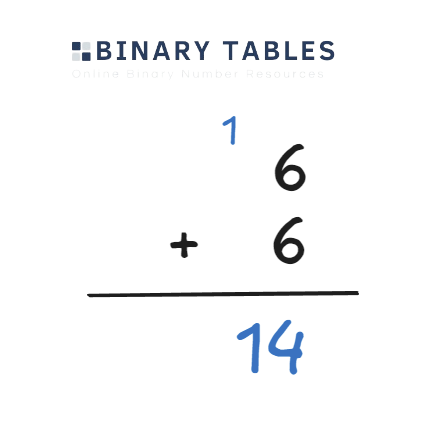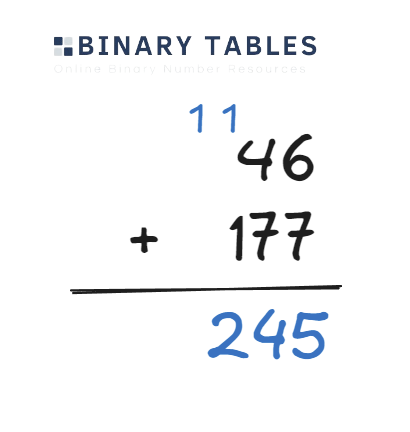Use our free octal addition calculator to add octal numbers together. The calculator gives both results in both octal and decimal. While at times octal addition looks similar to decimal addition you have to make sure that when the sum of digits in any place value exceeds 7, you carry over the excess to the next place value (the place value of the next power of eight). This is because octal uses the digits 0-7 while decimal uses the digits 0-9 (base 10). Octal addition is easy to learn but you can always check your answers with our free octal addition calculator below.
It is easy to master the addition of octal numbers. Octal addition is very similar to decimal addition however instead of having ten unique digits (0-9), octal only has eight unique digits. With enough practice it is very easy to master octal addition. Use our resources below and the for octal addition calculator above to become a master of this.
Align the octal numbers together so that they are aligned by their least significant digit (rightmost). Add each place column together digit by digit moving from right to left. If the sum of a digit in a certain place value is 8 or more then add 1 to the next place value (column) and subtract 8 from the result of the current column. Once complete for all columns you will have a result for your octal addition. You can double check your work with the above calculator.
Example 1: Addition of 6 + 6

Example 2: Addition of 46 + 177

This octal addtion table is designed to help you quickly refrence basic octal additions
| + | 0 | 1 | 2 | 3 | 4 | 5 | 6 | 7 |
|---|---|---|---|---|---|---|---|---|
| 0 | 0 | 1 | 2 | 3 | 4 | 5 | 6 | 7 |
| 1 | 1 | 2 | 3 | 4 | 5 | 6 | 7 | 10 |
| 2 | 2 | 3 | 4 | 5 | 6 | 7 | 10 | 11 |
| 3 | 3 | 4 | 5 | 6 | 7 | 10 | 11 | 12 |
| 4 | 4 | 5 | 6 | 7 | 10 | 11 | 12 | 13 |
| 5 | 5 | 6 | 7 | 10 | 11 | 12 | 13 | 14 |
| 6 | 6 | 7 | 10 | 11 | 12 | 13 | 14 | 15 |
| 7 | 7 | 10 | 11 | 12 | 13 | 14 | 15 | 16 |